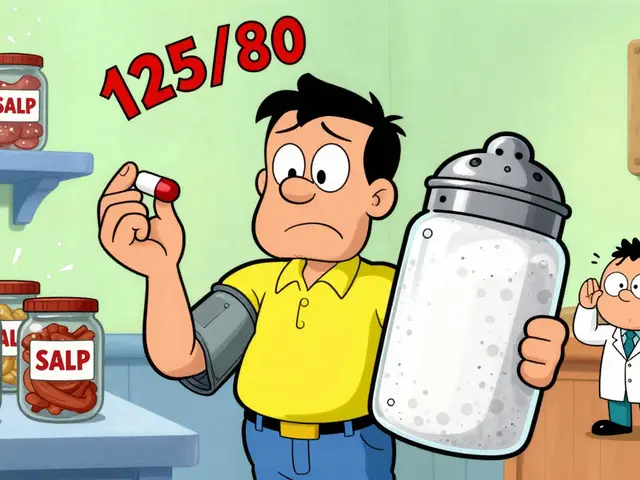Lidocaine Infusion: What It Is and Why You Might Need It
Ever heard of a drip that can calm down stubborn pain? That’s basically what a lidocaine infusion does. Instead of taking pills, a small amount of lidocaine – the same numbing agent you see in dental work – is given through an IV. The goal is to block pain signals straight from the nerves and give relief when other treatments fall short.
How the Procedure Works
The doctor starts by inserting a tiny needle into a vein, usually in your arm. A sterile line connects to a bag of lidocaine solution that drips slowly over 30‑60 minutes. You’ll stay seated or lie down while the nurse monitors your heart rate and blood pressure – lidocaine can affect the heart if the dose is too high.
Before the drip begins, the team will check your medical history for heart problems, allergies, or medications that might clash with lidocaine. They may also run a quick blood test to make sure it’s safe.
Who Can Benefit?
Lidocaine infusions are most common for people battling chronic pain conditions that don’t respond well to oral meds. Think of neuropathic pain from diabetes, complex regional pain syndrome, or post‑surgical nerve pain. Some cancer patients also use it to ease chemotherapy‑related discomfort.
It’s not a cure, but many report noticeable relief after just one session. That can mean fewer pills, less reliance on opioids, and a better quality of life.
Potential Benefits
- Fast acting: Pain often eases within the first hour.
- Reduced medication load: Some patients can lower their opioid dose after treatment.
- Improved function: Less pain means you can move more freely and sleep better.
Risks and Side Effects
Like any medical procedure, lidocaine infusion isn’t risk‑free. The most common side effects are mild – a feeling of warmth, light‑headedness, or a metallic taste. In rare cases, the drug can cause heart rhythm changes, low blood pressure, or allergic reactions.
If you notice rapid heartbeat, dizziness, or trouble breathing during the drip, tell the nurse right away. They’ll stop the infusion and treat any issues promptly.
What to Expect Afterward
When the infusion ends, the needle is removed and you’ll sit for about 15 minutes while staff checks your vitals. Most people feel normal enough to go home, but it’s a good idea to arrange a ride – you might feel a little drowsy.
Plan on taking it easy for the rest of the day. Light activity is fine, but avoid heavy lifting or intense exercise until you’re sure you feel stable.
How Often Is It Done?
Some doctors recommend a series of infusions – typically once a week for three to five weeks – then re‑evaluate your pain level. If it works well, maintenance sessions every few months might keep the benefits going.
Key Takeaways
If you’re stuck with chronic pain that isn’t improving with pills, ask your doctor about a lidocaine infusion. It’s a short, outpatient procedure that can give fast relief with relatively low risk when done by experienced staff. Always discuss your full medical history and any current meds to make sure it’s safe for you.
Ready to explore this option? Talk to your pain specialist and see if an IV lidocaine drip could be the next step toward a less painful life.




